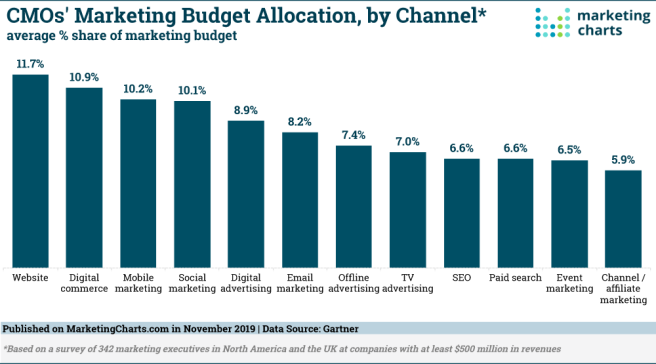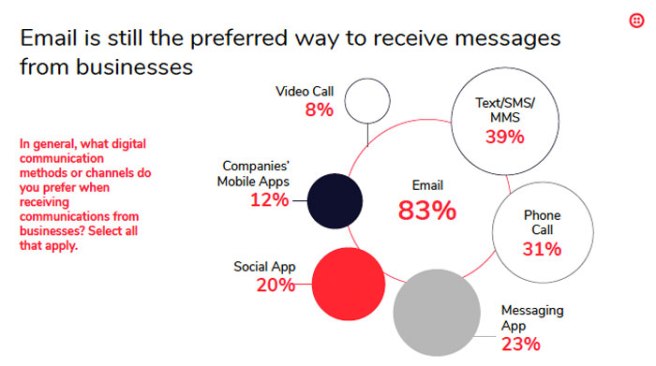
HCL Domino is a secure, enterprise-grade, application development platform that helps thousands of organizations around the world build automated solutions, create workflows, and build powerful applications quickly and effectively. Domino powers millions of apps that run the business for more than 15,000 organizations globally, and it has proven its staying power, its rock-solid stability, and essential business value for more than 30 years. Everyone who works with Domino understands its security and strength, and those that are on the most recent version, know that it’s now web- and mobile-friendly, has low-code capabilities, and is cloud-native.
A couple of years ago, Forrester was commissioned by us to interview four customers (with about 20 years of experience using Domino) to find out the benefits and costs — the ROI — with their investment in the platform. What Forrester found was that total cost of ownership and overall ROI of Domino is a story that high-level decision-makers need to hear. Here are some of the most important business outcomes the customers told us in this study:
- They saved almost $3 million in license costs by building the functionality they needed in-house. With Domino, you don’t need an additional CRM, email or other off-the-shelf, third-party software. It’s an all-in-one solution.
- $1.3 million was saved in by implementing improved automation and workflow. Domino eliminates re-work and redundancies, enhancing collaboration and productivity.
- Almost $1 million was saved by being able to use business users to build apps — eliminating some of the higher-end pro-code developer resources (and freeing up those resources to focus instead on the needs of the business, not building/tweaking apps).
Alongside benefits that are clearly quantifiable, the customers interviewed also expressed their appreciation for what Domino inherently does:
- Enables the quick development of robust enterprise applications
- Provides guaranteed performance and reliability (we frequently hear customers say, “it just WORKS”)
- Domino doesn’t go down — apps and databases run for decades without stalling or interruption
- Domino is backwards-compatible — upgrading from old versions to new ones is straightforward and direct
- All apps are fully customizable and can be tailored easily to meet an industry’s — or an organization’s — unique business needs
Forrester found, overall, that these customers — while they did spend money on ongoing maintenance and development costs, and there are associated fees for software, servers, and support — benefited from an overall ROI of more than 300%.
What are you waiting for? Find out more, by talking to one our representatives who can walk you through the specific equations for your organization and why you should upgrade to the recent, most modern version to get the most out of your Domino investments today.






